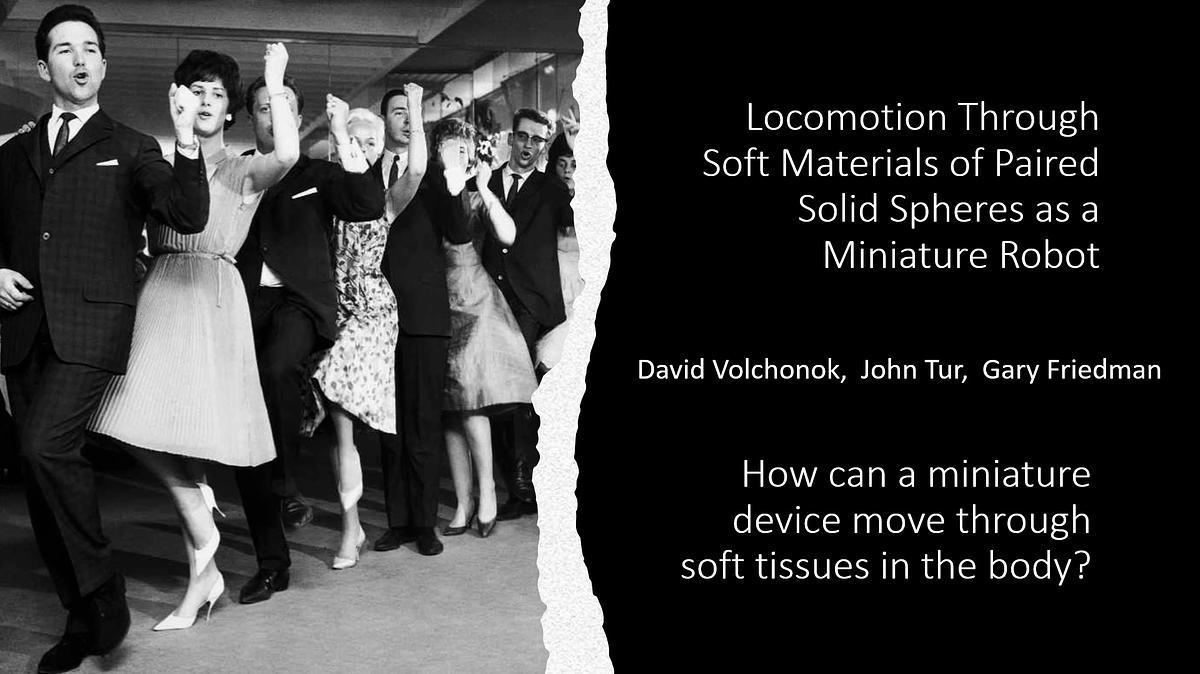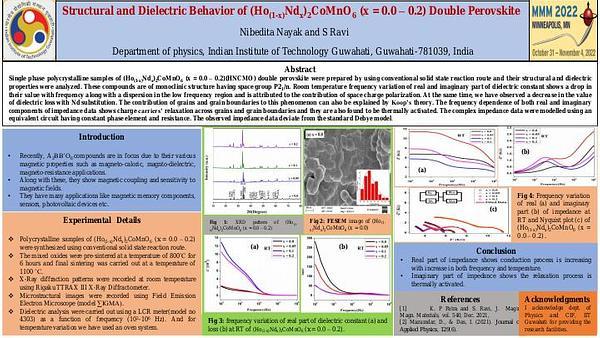
Premium content
Access to this content requires a subscription. You must be a premium user to view this content.

technical paper
On Locomotion of Magnetized Spherical Solids in Soft Media
Most research on remotely driven magnetic micro-robots focuses on their manipulation within fluids 1. Actuating their motion in soft media and living tissue raises
challenges along with new opportunities for minimally invasive medicine. In contrast to fluids, moving solids in soft media irreversibly rearranges the material, leading to highly non-linear
and history dependent reaction forces. The present work demonstrates that this behavior enables solutions of certain long-standing problems. One problem stems from using magnetic field
gradients to generate forces which limits their range particularly for sub-millimeter size magnetic robots. Locomotion by the transfer of energy via a time varying uniform magnetic field
provides an alternative. In fluids where locomotion effectively occurs through swimming at low Reynolds numbers, this strategy can be costly, requiring more complex shapes (e.g. a screw
2) and control over a non-reciprocal motion gait 3. In tissues, such complex shapes have difficulties in changing their trajectory direction over short distances. The novel finding in this
work is that soft media enables locomotion of simple solids, such as a pair of spheres (see Fig. 1), without requiring them to execute a complex motion gait. Using an external uniform
magnetic field to change the relative orientations of the magnetic moments, the disconnected spherical solids of slightly different diameters can locomote as one in a soft medium via
ratchet-like movements that are completely reciprocal. Such a configuration also allows the pair to change the direction of locomotion quickly. A demonstration is carried out in this work
via development of a theoretical model and its numerical simulation, although some experimental observations support these findings.
References:
1 J. J. Abbott et al., "How should microrobots swim?," The international journal of Robotics Research, vol. 28, no. 11-12, pp. 1434-1447, 2009.
2 T. W. Fountain, P. V. Kailat, and J. J. Abbott, "Wireless control of magnetic helical microrobots using a rotating-permanent-magnet manipulator," in 2010 IEEE International
Conference on Robotics and Automation, 2010: IEEE, pp. 576-581.
3 E. Lauga, "Life around the scallop theorem," Soft Matter, vol. 7, no. 7, pp. 3060-3065, 2011.


